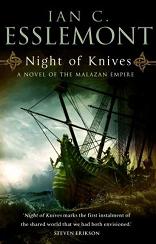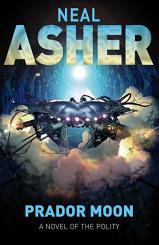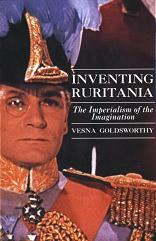
Night of Knives
Ian C. Esslemont
284 pages
published in 2005
I’m always wary of books set in another writer’s world. Normally therefore I would’ve skipped this book, as it’s set in Steven Erikson’s Malazan universe. But as it turns out this isn’t a book by a new writer using an established colleague’s world to make a name for himself, as Ian Esslemont was in at the creation of Malazan from the start. Erikson and Esslemont had first met in 1982 on an archeological ditch and recognising kindred spirits, set out to create their own fantasy world. Scroll down roughly two decades and Erikson is the first to get his part of the world published with Gardens of the Moon, but it was always the idea that Esslemont would follow. As Erikson says in the introduction, this is not fan fiction, but Esslemont’s part of the enterprise. Malazan is too big an universe for one writer, but two?
Night of Knives fills in the backstory to some of the plot twists not explained in Erikson’s novels, but nobody will mistake it for his own work. It missed the widescreen, epic feel of the Erikson books, being set in a single place during a single day and night. Night of Knives also misses the deep layer of allusion, hint and complexity Erikson loads on to his epics. It’s much easier to follow and much more straight forward; it might make a good starting point for people curious about Malazan.



